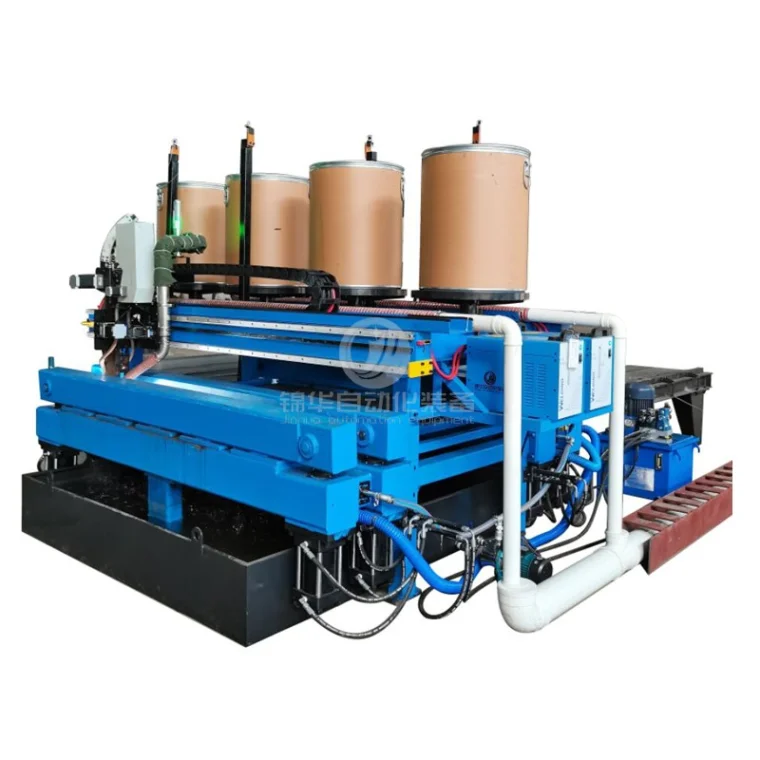Unraveling Thermal Dynamics: The Distinct Roles of Coil and Plate Heat Exchangers in Modern Applications
4 min readHeat exchangers are pivotal components in various industrial processes, playing a crucial role in energy efficiency and thermal management. Among the myriad types of heat exchangers, coil and plate heat exchangers stand out due to their unique designs and operational efficiencies. This article delves into the fundamental differences between coil and plate heat exchangers, exploring their construction, operational principles, applications, and advantages, thereby providing a comprehensive understanding for engineers and industry professionals.
Understanding Heat Exchangers
Before diving into the specifics of coil and plate heat exchangers, it is essential to grasp the basic function of a heat exchanger. At its core, a heat exchanger facilitates the transfer of thermal energy between two or more fluids at different temperatures without mixing them. This process is vital in numerous applications, including HVAC systems, chemical processing, and food production.
Coil Heat Exchangers: Design and Functionality
Construction and Design
Coil heat exchangers consist of a series of coiled tubes or pipes through which one fluid flows, while another fluid flows around the coils. The design can vary significantly, with configurations ranging from simple single-coil systems to complex multi-coil arrangements. The coiled structure increases the surface area for heat transfer, enhancing efficiency.
Operational Principles
The operation of coil heat exchangers is based on the principle of conduction and convection. As the hot fluid passes through the coils, it transfers heat to the surrounding fluid, which is typically at a lower temperature. The design allows for effective heat transfer due to the increased surface area and the turbulent flow created by the coils.
Applications
Coil heat exchangers are commonly used in applications where space is limited or where a compact design is essential. They are prevalent in refrigeration systems, air conditioning units, and even in some industrial processes where heat recovery is necessary. Their ability to handle high-pressure applications makes them suitable for various industries, including petrochemical and power generation.
Plate Heat Exchangers: Design and Functionality
Construction and Design
Plate heat exchangers consist of multiple thin plates stacked together, creating channels for the fluids to flow. The plates are typically made of stainless steel or other corrosion-resistant materials, ensuring durability and efficiency. The design allows for a large surface area in a compact footprint, making them highly efficient in heat transfer.
Operational Principles
The operation of plate heat exchangers relies on the principles of counterflow and crossflow. Fluids flow in alternate channels, allowing for maximum heat transfer efficiency. The thin plates facilitate rapid heat transfer due to their high surface area-to-volume ratio, making them ideal for applications requiring quick thermal response.
Applications
Plate heat exchangers are widely used in food processing, pharmaceuticals, and HVAC systems. Their compact design and high efficiency make them suitable for applications where space is at a premium, and precise temperature control is required. Additionally, they are often employed in applications involving viscous fluids, as the design minimizes pressure drop.
Key Differences Between Coil and Plate Heat Exchangers
- Design Complexity: Coil heat exchangers have a simpler design, making them easier to manufacture and maintain. In contrast, plate heat exchangers, with their intricate plate arrangements, can be more complex to assemble and service.
- Heat Transfer Efficiency: Plate heat exchangers generally offer higher heat transfer efficiency due to their larger surface area and the ability to create turbulent flow. Coil heat exchangers, while effective, may not achieve the same level of efficiency, particularly in low-flow applications.
- Space Requirements: Coil heat exchangers can be more compact in certain configurations, but plate heat exchangers typically provide a higher heat transfer rate in a smaller footprint, making them more suitable for space-constrained environments.
- Maintenance and Cleaning: Coil heat exchangers are often easier to clean and maintain due to their simpler structure. Plate heat exchangers, however, may require more frequent cleaning, especially in applications involving fouling fluids.
- Cost Considerations: The initial cost of coil heat exchangers is generally lower than that of plate heat exchangers. However, the long-term operational efficiency and energy savings of plate heat exchangers can offset the higher upfront investment.
Conclusion
In summary, both coil and plate heat exchangers serve essential roles in thermal management across various industries. The choice between the two depends on specific application requirements, including space constraints, efficiency needs, and maintenance considerations. Understanding the differences between these two types of heat exchangers enables engineers and industry professionals to make informed decisions that optimize performance and energy efficiency in their operations. As technology continues to evolve, the development of advanced heat exchanger designs will further enhance the capabilities and applications of these critical components in modern engineering.



